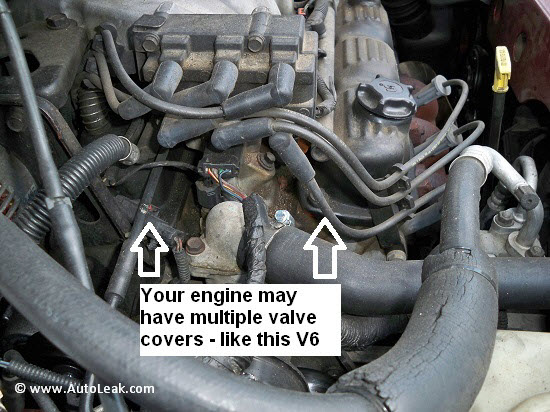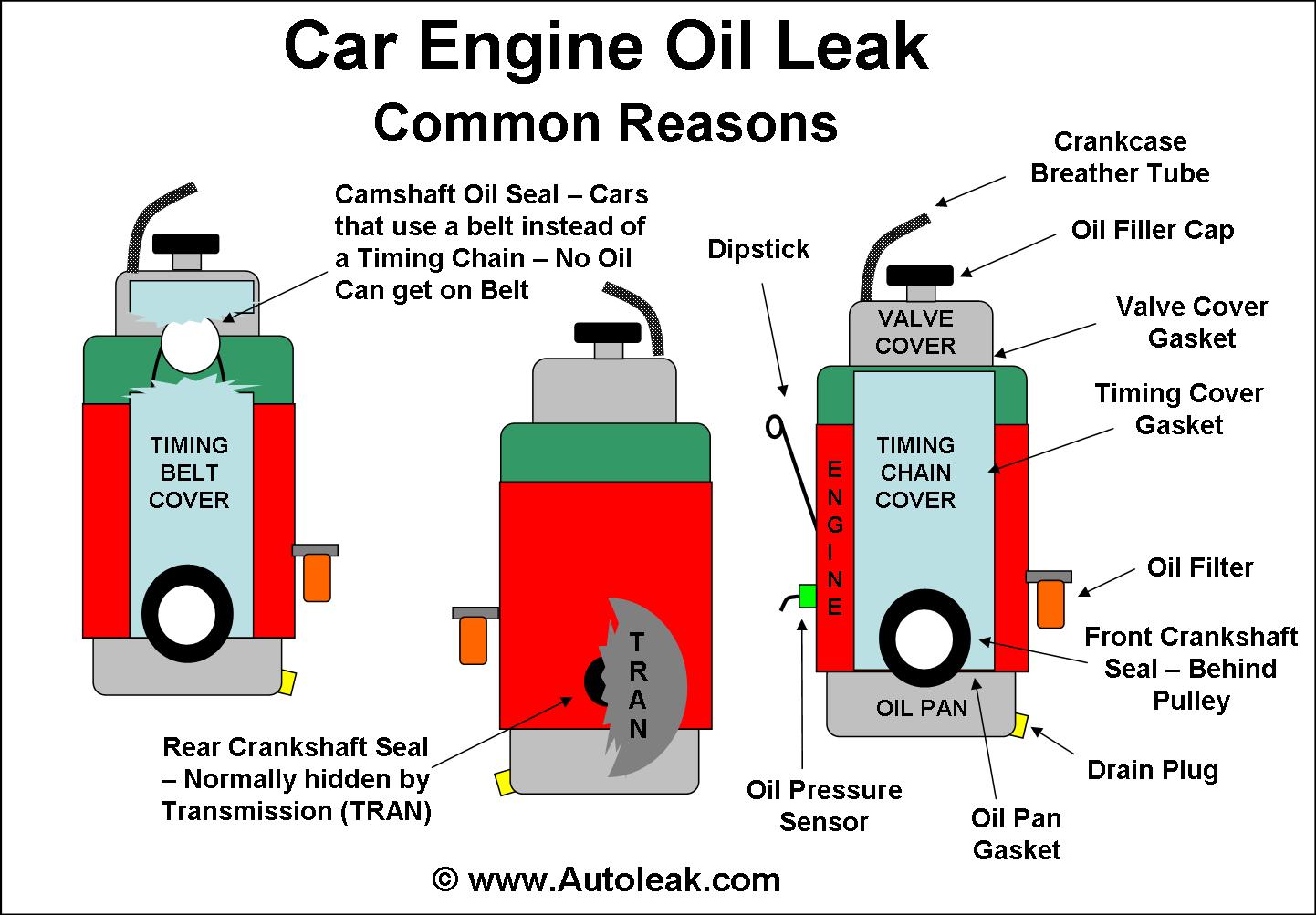Valve Cover Gasket
Valve Cover is attached to top of the car engine (cylinder head). It covers the valves which are soaked in oil. Valves are what allow air and fuel into the cylinders of the engine. A Valve Cover Gasket seals the Valve Cover to the cylinder head to prevent oil escaping. Valve Cover Gaskets wear out after a few years and allow oil to escape down the side of the engine. If the leak is bad enough, the Engine Oil can get onto the belts that work the alternator and water pump. When this happens it can cause a screeching sound. This sound is caused by the belt slipping.

An engine may have multiple Valve Cover Gaskets as each cylinder head will have a Valve Cover. You will have multiple Valve Cover Gaskets if you have a V4, V6, V8, V12 or Boxer(Opposing Horizontal Cylinders) engine.

Removing a Valve Cover Gasket can be easy but it can also be hard. To know if it will be hard you should look to see if you can easily access all the bolts that hold down the Valve Cover/s with a wrench. With "V" type engines that are mounted across the car it can be hard to get to the rear Valve Cover (closest to the windshield of car). In some cases the intake manifold that supplies air to the engine and / or fuel rail will need to be removed. Once a Valve Cover is removed then the gasket can be removed. Some of the Valve Cover Gasket may still be attached to the engine cylinder head or to the removed Valve Cover. In either case, the old Valve Cover Gasket can be gently scrapped off with a flat headed screwdriver or scraper - do not gouge the metal / plastic of the engine and or Valve Cover as you scrape or it could prevent the next Valve Cover Gasket from sealing. A special chemical can also be used to dissolve the gasket. Make sure not to leave any bits of the Old Valve Cover gasket in the Valve Cover or on top of the Cylinder Head. If parts of the Valve Cover Gasket get into the engine, it can block oil from flowing and cause wear on parts of the engine.
To Replace a Valve Cover Gasket, make sure you have the correct new Valve Cover Gasket and that all surfaces that the Valve Cover Gasket are going to touch are clean. Also make sure that you put the Valve Cover Gasket facing the right way as they usually have a front or back / left or right. depending on what way your engine faces. By lining the bolt hole up with the Valve Cover Gasket holes, you should get the Valve Cover Gasket going in the right direction. Note that when getting a Valve Cover Gasket some can require you to know the exact diameter of the bolts that are used to hold the Valve Cover onto the cylinder head of the engine.
As you tighten up the bolts of the Valve Cover, they should be tightened a little bit at a time. This means working your way around all bolts before you start to do the next level of tightening. Ideally you start tightening from the middle bolts of the Valve Cover and work your way out. By doing this you prevent the Valve Cover from getting bent which could cause an oil leak.

Question or Solution not mentioned?
Use
Auto Repair Forum to ask or answer questions about car and auto repair.
Advertise your Auto/Car/Truck Repair Parts or Auto/Car/Truck Repair Business on this site.
Contact us at Advertising@AutoLeak.com
We have affordable advert solutions!
Act now to potentially reach thousands of unique people a month who are trying to repair/maintain their vehicles.